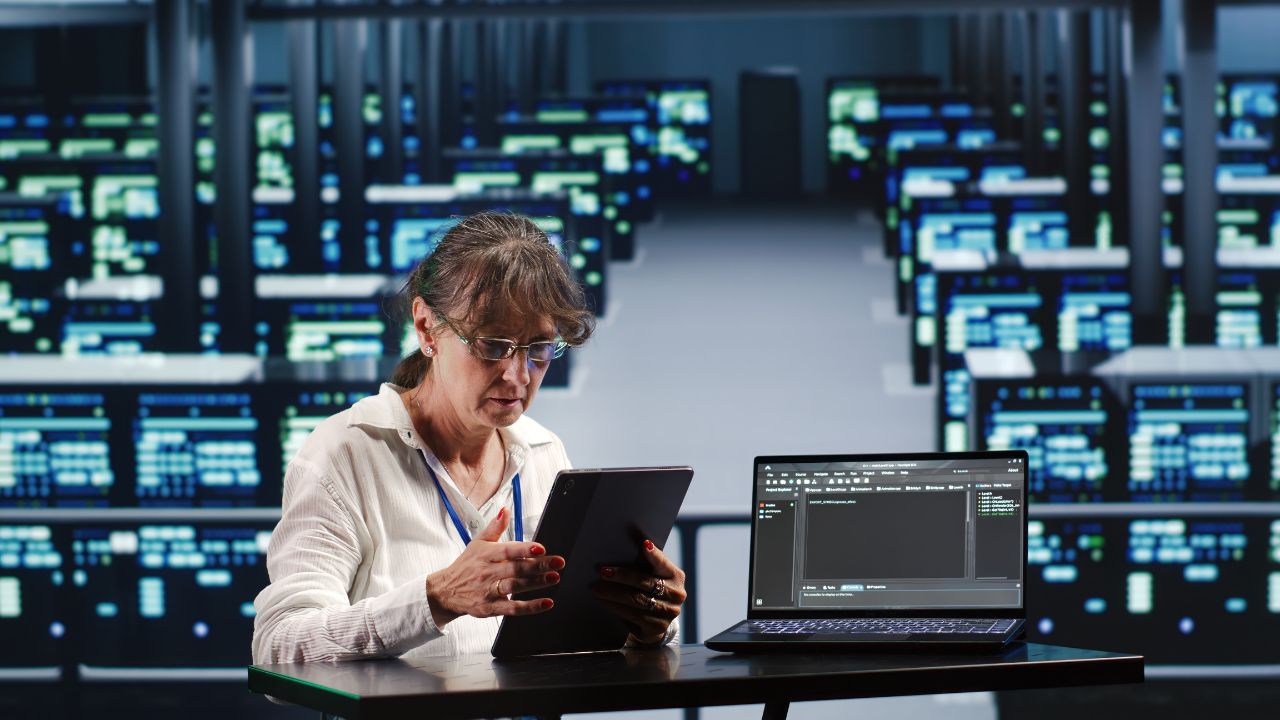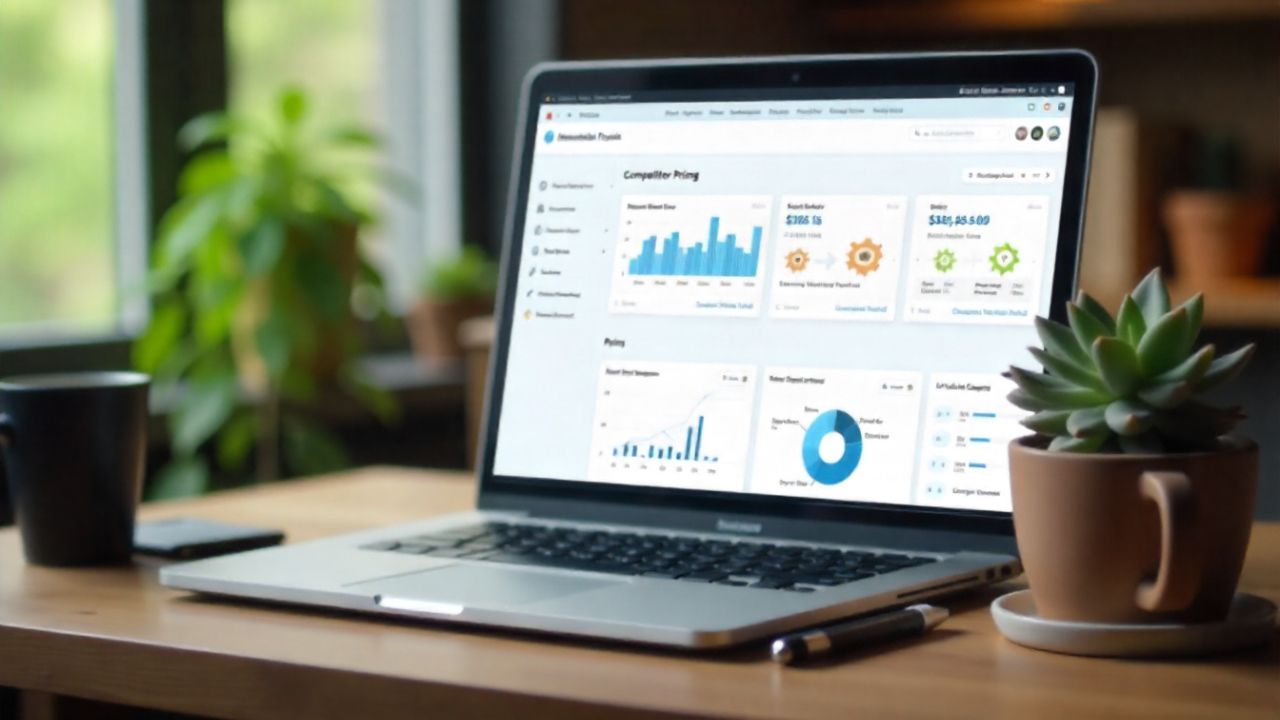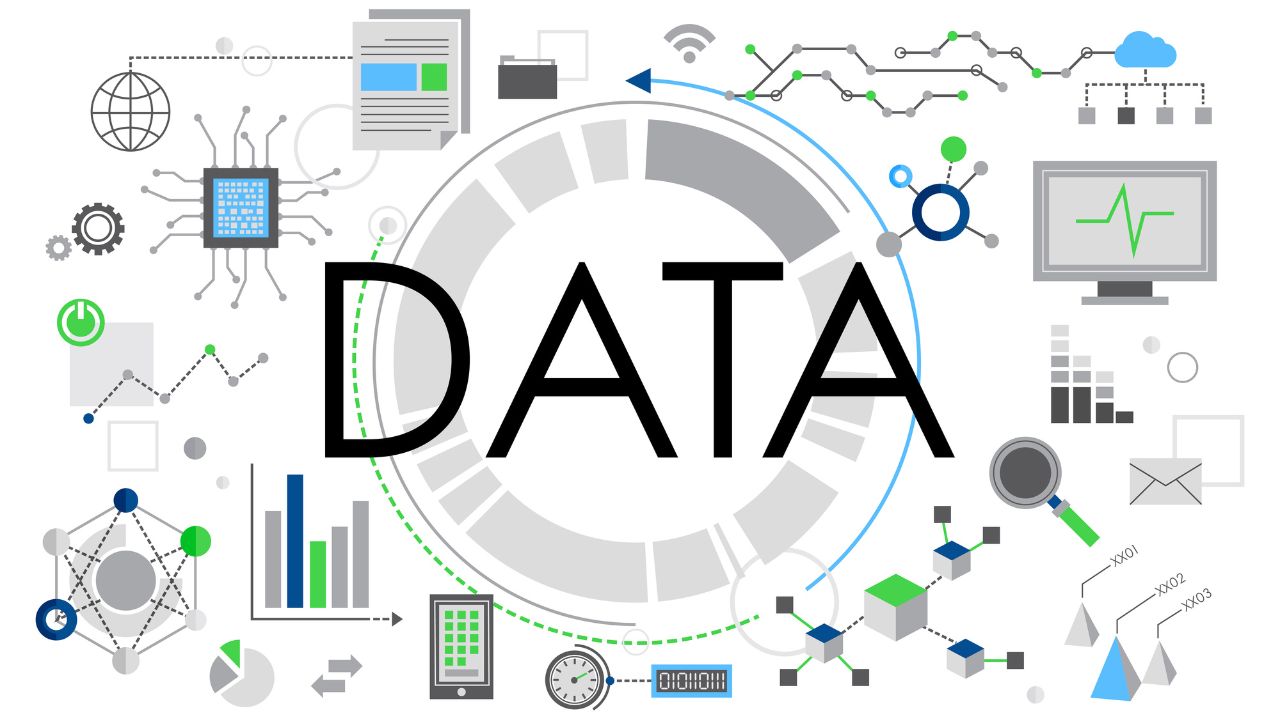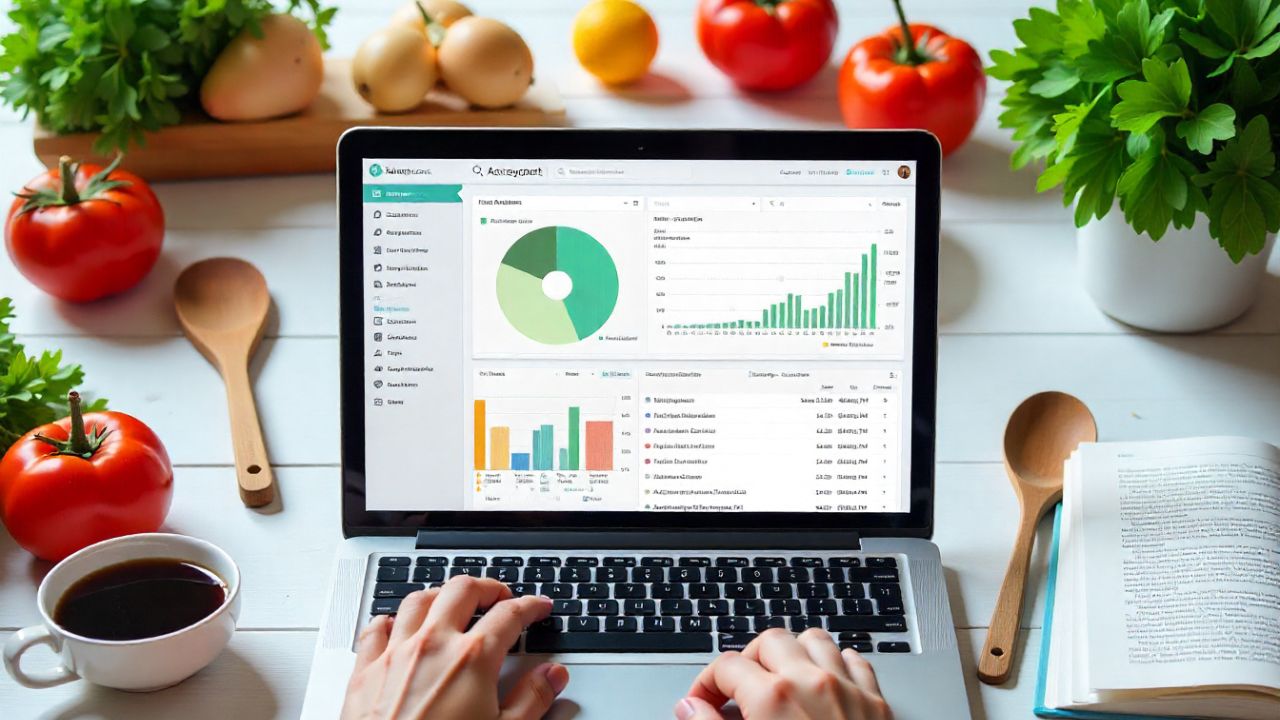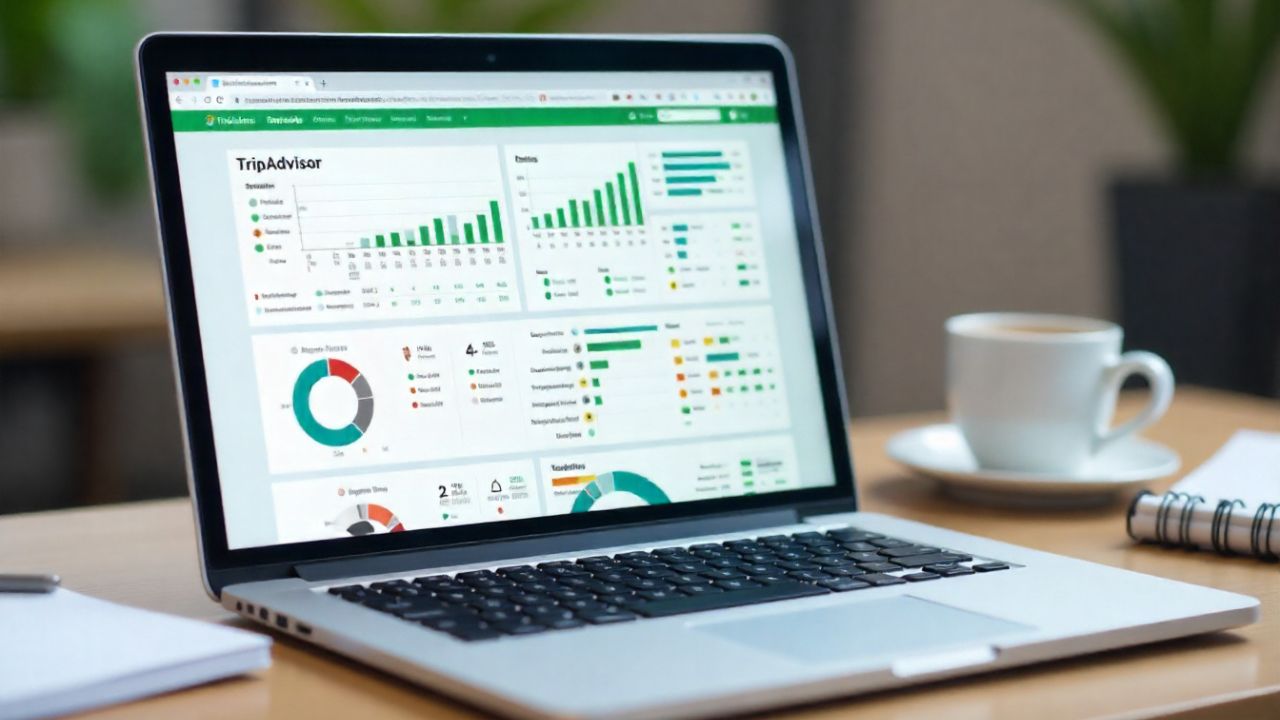Home < Blog < How to Build a Custom Image Dataset: A Step-by-Step Guide
How to Build a Custom Image Dataset: A Step-by-Step Guide
Posted on: April 22, 2025
Have you ever wondered how computers learn to see pictures like we do?
It’s all thanks to something called image datasets.
If you want to train your own machine learning model or build a computer vision project, you’ll need a custom image dataset.
Don’t worry — it’s not as hard as it sounds.
Let’s break it down step by step, like a patient teacher walking you through a fun school project.
Step 1: Define Your Goal
First things first — what are you trying to teach your computer?
Do you want it to recognize:
- Dogs vs. cats?
- Different car models?
- Smiling vs. serious faces?
Write down exactly what you want the model to learn.
This helps you collect the right kind of images.
Example: “I want to build a model that can tell apples from bananas.”
Step 2: Decide Your Categories
These are called “classes.”
If your goal is apples vs. bananas, you have two classes:
- Class 1: Apples
- Class 2: Bananas
If you're building a product image dataset, your classes could be:
- Shoes
- T-shirts
- Bags
Make a list of the categories. Keep it simple at first!
Step 3: Collect the Images
Now comes the fun part — collecting images!
You can get your images from:
- Taking photos with your phone
- Searching online (but make sure it's legal)
- Using free image sites like Unsplash or Pixabay
- Asking friends or family to share pictures
Try to take or find clear and high resolution images.
Blurry photos will confuse the model!
Step 4: Organize Your Images
Create a folder on your computer.
Inside that folder, make one folder for each class.
Here’s what it might look like:
fruit_dataset/
apples/
apple1.jpg
apple2.jpg
bananas/
banana1.jpg
banana2.jpg
This way, the computer knows which picture belongs to which class.
Step 5: Rename and Clean Your Files
Give each image a simple name:
- apple1.jpg
- apple2.jpg
- banana1.jpg
Avoid spaces or weird symbols in file names.
Also, delete:
- Blurry photos
- Duplicates
- Pictures that don’t belong
This keeps your image dataset clean and easy to use.
Step 6: Resize Your Images
Most models like images to be the same size.
You can use free tools like:
- ResizeImage.net (online)
- Paint (on Windows)
- Preview (on Mac)
Resize everything to something simple like 224x224 pixels.
This is a popular size for many ML models.
Step 7: Label the Images (If Needed)
If your images are already in folders, you may not need to label them.
The folder name tells the model what it is.
But if you're doing object detection (like finding a face inside a photo), you’ll need special labels called bounding boxes.
For that, use tools like:
- LabelImg
- MakeSense.ai
These let you draw boxes around objects in your pictures.
Step 8: Save in the Right Format
When you're done, zip the whole folder.
That means you compress the images into one neat file like:
fruit_dataset.zip
This makes it easier to move, share, or upload later.
Step 9: Test Your Dataset
Before using your dataset, open a few images and check:
- Are they labeled correctly?
- Are they clear?
- Are the sizes the same?
Fix anything that seems off.
Step 10: Use or Share Your Dataset
Now you’re ready to use your custom image dataset in your project!
You can also:
- Upload it to Google Drive
- Share it with friends
- Train it with tools like Teachable Machine or Google Colab
If you're looking for bigger or ready-made datasets, check out Crawl Feeds.
They offer a wide range of high-quality datasets, including product image datasets and high resolution image dataset downloads.
🔗 Visit:https://crawlfeeds.com/media-datasets
Extra Tips for Beginners
- Start small: 50–100 images per class is okay for practice
- Mix it up: Use different angles and lighting
- Stay organized: It saves a lot of time later
- Back it up: Don’t lose your hard work!
Final Thoughts
Building your own image dataset is like making a photo album for your computer to learn from.
Once you have your images sorted, labeled, and ready, you can start teaching your computer to see the world like you do.
So go ahead — grab a camera or search for images, and start building your own dataset today!
Happy training!
Latest Posts
Find a right dataset that you are looking for from crawl feeds store.
Submit data request if not able to find right dataset.
Custom request
